Safety Playards for Toddlers: What New Parents Should Know
When our two kids were slightly smaller, packing the car to go away was like a military exercise. We could never quite believe how much we had to take with us: the bottle sterilizer, the potty, the much-loved cuddly toys, the packs of diapers...
Some of the places we stayed had playards, which were always a godsend because it meant one less thing to pack!
If you plan to travel with your toddler and they’re too little for a full-sized bed but too big for a portable crib, a playard could be the perfect solution for you too.

Also known as a “playpen” or a “Pack N’ Play,” a playard is a great place to keep your child contained while you’re away from home.It’s a safe place to sleep, and you can also pop your toddler in there to keep them out of harm’s way if you need to turn your back for a moment.
Of course, you can use a playard at home: when ours were at the crawling phase, we had a fixed wooden playard. This was a safe and secure way to contain them for a few minutes while answering the door, popping dinner in the oven, or enjoying that ultimate parental luxury of being able to use the bathroom without an audience.
When you’re away from home, though, a portable playard really comes into its own. If you’re staying in a holiday rental without a stairgate, for instance, or at your parents’ house where there are lots of fragile knick-knacks about, that playard could be a sanity saver.
You might have already used one as a travel crib when your child was an infant, but for a child over a year old, you’ll need to have some extra considerations in mind.
What to Look For When Choosing a Playard
There are so many playards out there – how do you pick the right one?
Ask yourself these eight key questions.
#1 Is it Suitable for Toddlers?
Not all playards are designed with toddlers in mind.Make sure your chosen model is suitable for your child’s age and weight: it should be big enough for them to sleep (and play) comfortably. If you buy something too small, it’s going to end up being a waste of money when you have to upgrade a couple of months later.
Keep in mind, though, that even the largest playards will only last so long: if your child is over 35 inches or 30 lbs, then you may need to look for a different solution.
#2 Does it Meet Safety Standards?
If your playard was made in March 2013 or later, it should meet Federal safety standards: these were developed after a tragic case where an infant sleeping in a playard bassinet died when the bassinet attachment came unclipped.
You may want to run through this checklist, too, to ensure it’s safe for your child. If you’re buying an older, used, playard then be aware that it may not meet up to modern safety standards.
#3 How Much Does It Weigh?
If you’re going to be taking your playard out and about with you, you’ll want it to be reasonably light. Some playards can weigh 30 lbs or more; others are as light as 12 lbs … so make your choice accordingly.
Of course, if you’ll mainly be using your playard at home, then it might not matter how much it weighs. You may want to opt for a heavier, more sturdy and stable model: we had a classic wooden one for our kids, and then a metal hexagon that could be reconfigured into different shapes and sizes.
#4 Is it Easy to Set Up and Take Down?
You don’t want to spend half an hour assembling and disassembling your playard every time you travel – so look for a model that’s easy to set up and to take down. Some playards “pop up”; others require a bit more manhandling to get them ready and secured.
Again, if you’re only going to use your playard at home, this may not be an issue for you. Even so, you’ll probably want something that doesn’t take too long to put together. (This is where reading reviews comes in handy, as other parents are usually frank about how easy – or not! – it is to use a particular playard model.)
#5 What Extras Does it Include?
At a bare minimum, your playard should come with a mattress. You may well want to opt for a model that includes a fitted sheet, too (as it can be a pain to get the right size separately).
Other playards come with bassinets and diaper changers (see below) and some come with extra gizmos like attached toys and lights to amuse your child.
#6 Is it Suitable for an Infant Too?
If you plan to use your playard with an infant at some point(perhaps you have another baby on the way), then make sure you’re getting a model that’s suitable from birth and ideal for your growing toddler.
Some playards double-up as a bassinet, but if you’re planning to use yours for an infant, you’ll wantopt for one with a bassinet insert so it’s as safe and comfortable for them as possible.
#7 How Easily Will it Clean?
Let’s face it; toddlers are messy creatures.There’s a good reason that I’m planning to replace several carpets in our house once ours both reach school age! Your kid’s playard will probably meet with a few accidents, from spilled sippy-cups to leaking diapers to sticky fingers.
You want to be able to get your playard sparkling clean again, whether that’s through wiping it down with disinfectant or taking it apart to run any fabric elements through the washer. Otherwise, you risk it becoming a hotbed of germs:notthe greatest place for your toddler to play and nap.
#8 Does it Fit Your Budget?
While we’d all love to give our kids the best that money can buy, most of us face budgeting constraints. Before you start looking into different models of playard, or figure out what you can realistically afford. You’re probably looking at somewhere between $75 and $250.
While buying second hand can save you money, it may compromise your child’s safety. Make sure that whatever you buy, it’s going to be safe for your child. Which leads me on to:
How to Use Your Playard Safely
Is your kid’s playard an accident waiting to happen?
Hopefully not – but it’s important to know how to use it safely.
Modern playards (made in 2013 or later) should meet exacting Federal safety standards.They’re considered a safe place for your little one to sleep – every single night, if you want. (Most parents do, however, prefer to use a permanent crib or bed while at home.)
If you have older children, be careful that they don’t try to climb on or into the playard: you definitely don’t want it to be tipped over with your toddler inside. It’s important, too, to ensure that they don’t drop or throw toys into the playard – obviously you want to be extra sure that any toys in there are safe for your toddler.
Watch for older children letting your toddler out! Our kids are 21 months apart, so when my son was first walking, my daughter was a big, bright three-year-old and quite capable of unlatching the gate that penned him into one half of our living room.
Don’t leave your toddler for long periods unattended in the playard. Yes, it’s okay to pop them in there while you answer the door or pop to the bathroom … but you shouldn’t leave them while you’re away for more than a minute or two.
If your child will be sleeping in the playard, make sure that the mattress is safe. Experts recommend that you should always buy a new mattress, rather than using a second-hand one. If you don’t use the mattress that came with the playard, you should ensure that your mattress fits into it well, without gaps where your child could potentially become trapped.
Brief any caregivers who’ll be using the playard (your kid’s grandparents, perhaps, or a babysitter) on how to use it safely.
Don’t use a playard if your child is tall enough to attempt to climb out of it– they could have a nasty fall, or they could slip and get stuck.
Don’t leave any toys in the playard that could hurt your child. Hard toys (like wooden building blocks) could be, at best, uncomfortable if your little one topples or rolls onto them.
Best Alternatives to Playards
If your toddler is near the weight limit for a playard, or might try to climb out, then you’ll want to consider alternatives.
When you’re traveling, you may need your toddler to sleep in an adult bed. To keep them safe and secure, simply take a portable bed rail with you: a universal bed rail that’s easily fitted is the best option. My son is almost four now, and we’ve only just stopped using one of these on his twin bed every time we visit my parents’.
To keep your toddler safe if you need to leave the room for a moment, you’ll have to “toddler proof”. This means – among other things – securing all heavy furniture like dressers and bookcases, ensuring that any breakables and valuables are out of reach, and (ideally) padding sharp table corners.
Another option is to fence off a room or part of a room for your toddler.As I mentioned earlier, we did this for our son, so our then three-year-old could play with her toys separately. It was pretty effective: it bolted into the walls so he never escaped like this little guy:
https://www.youtube.com/watch?v=nGk7qKnqSL8
Here’s a quick summary of what we’ve covered as a checklist to use when selecting a playard for your child:
#1: Is it suitable for toddlers?
#2: Does it meet safety standards?
#3: Is it easy to set up and take down?
#4: Does it meet safety standards?
#5: What extras does it include?
#6: Is it suitable for an infant too?
#7: How easily will it clean?
#8: Does it fit your budget?
Once you have your playard, make sure you’re using it safely: don’t let older children climb in, pull on it or let your toddler out; make sure your toddler can’t climb out; don’t leave your toddler unattended for more than a minute or two; ensure the mattress is safe and well-fitted; and don’t leave hard toys like wooden blocks in the playard.
What’s the most important feature for you in a playard?What tips do you have for other parents considering buying a playard for their toddler? Leave your thoughts in the comments below.




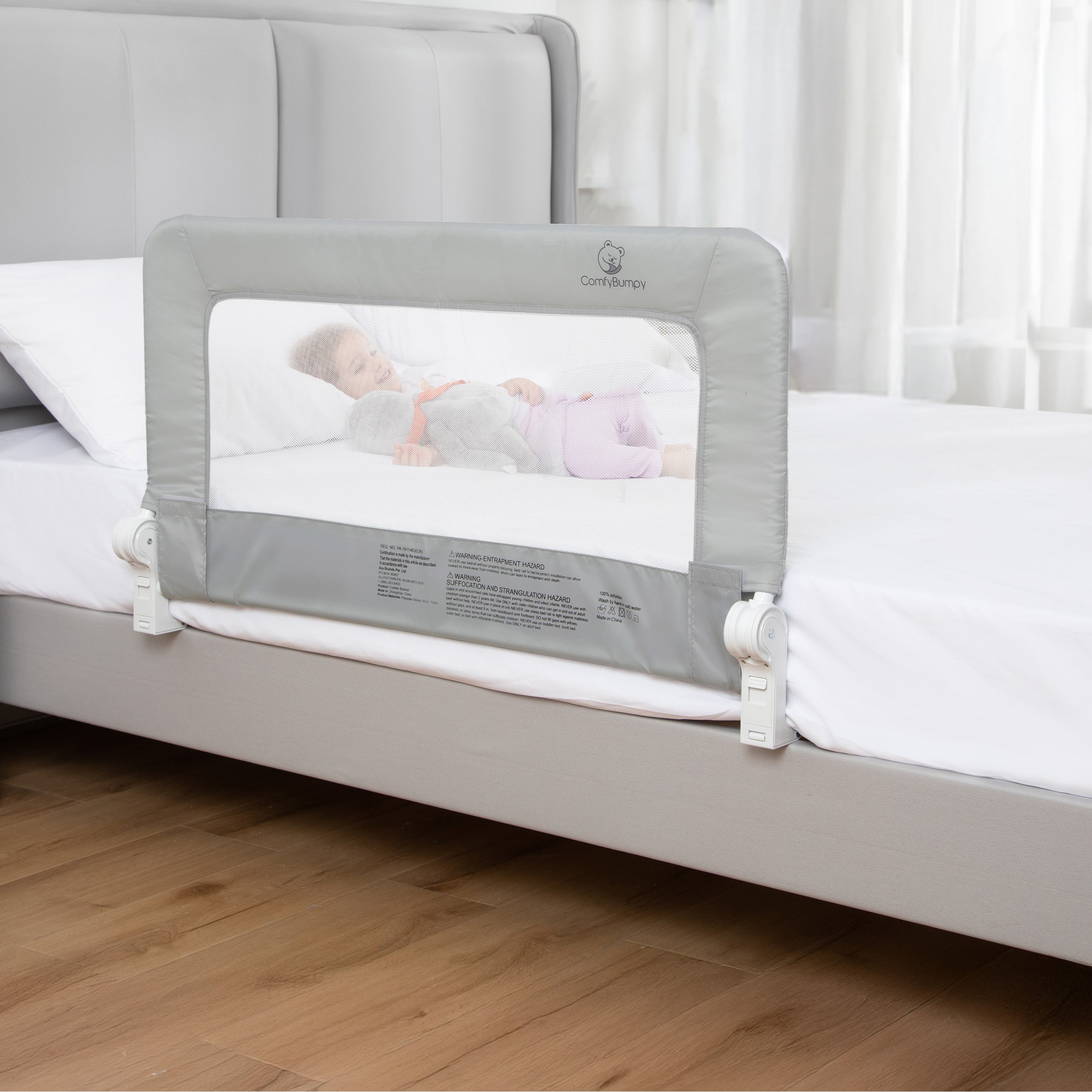
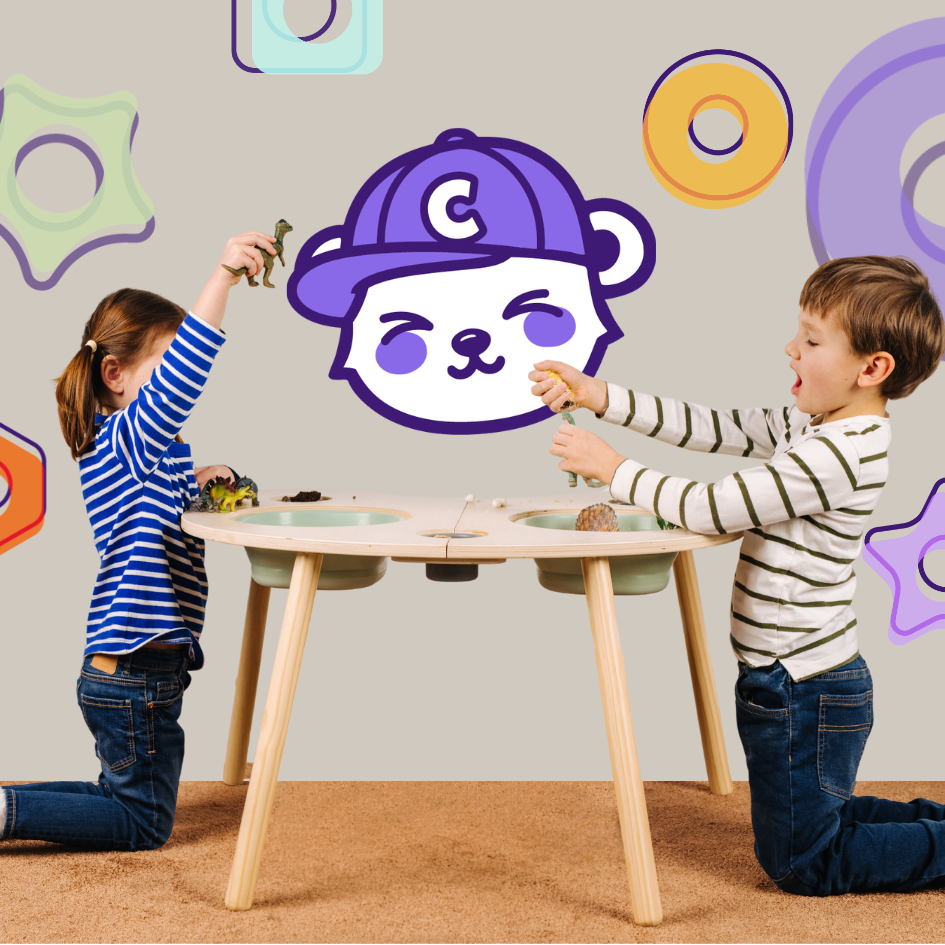
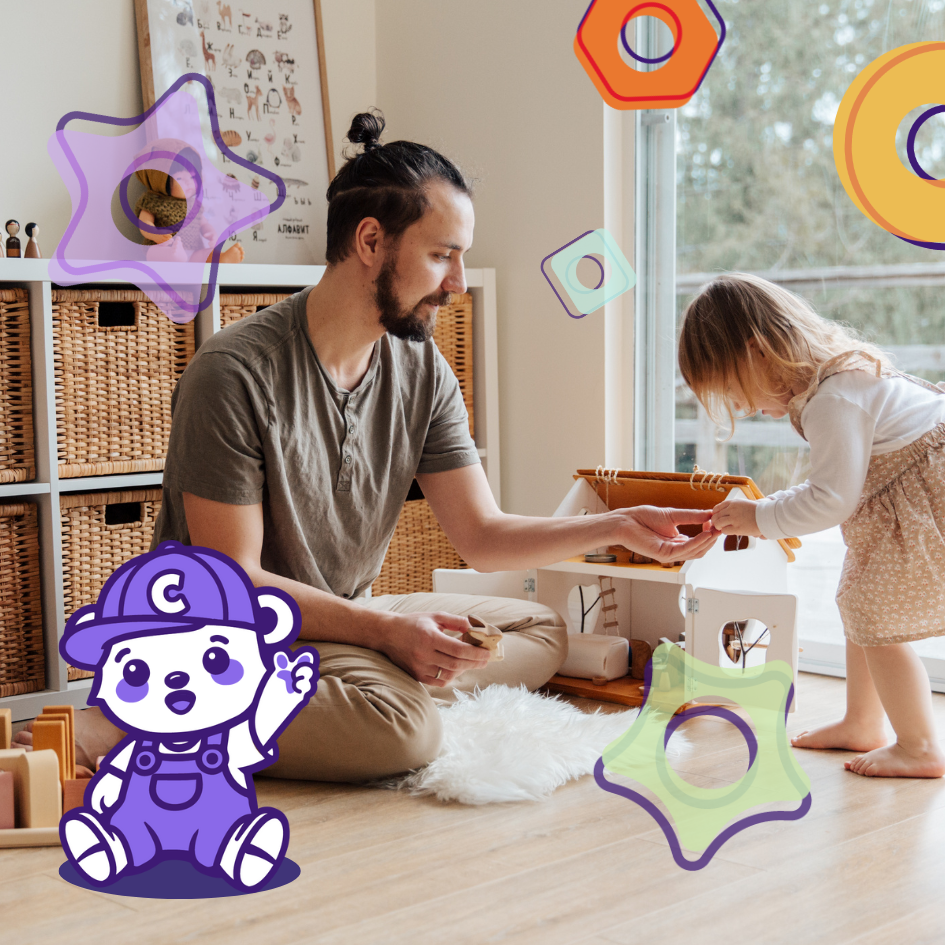
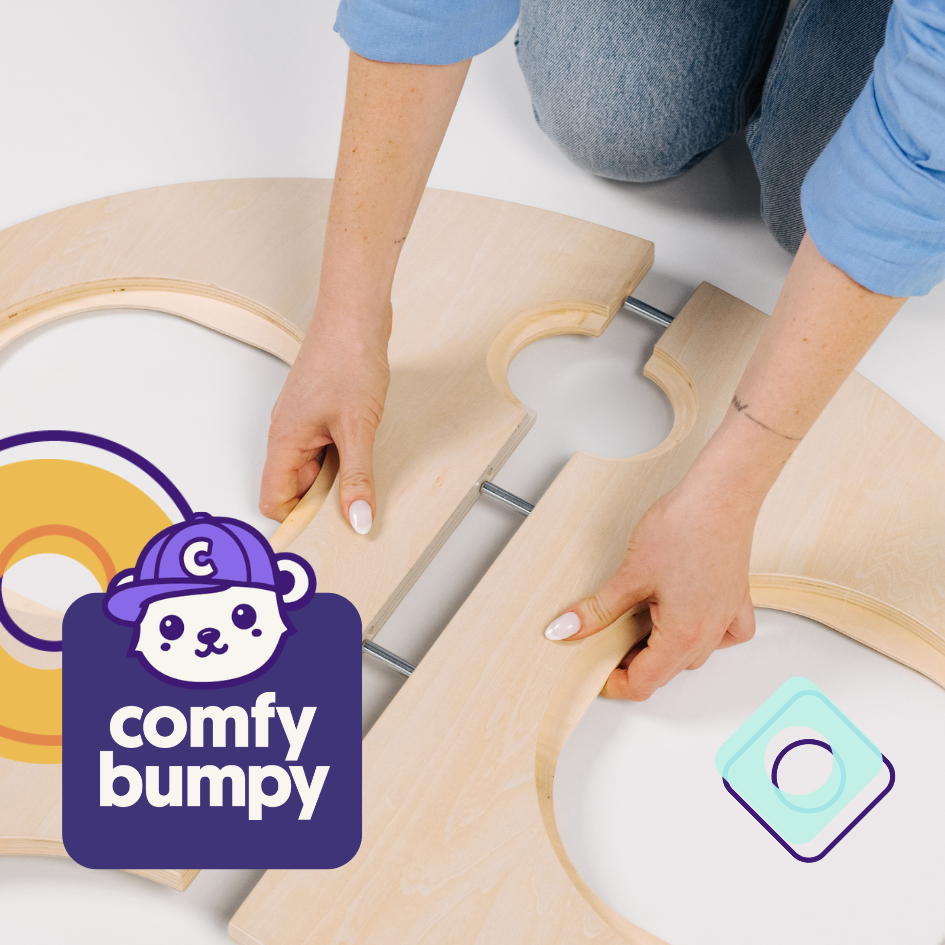
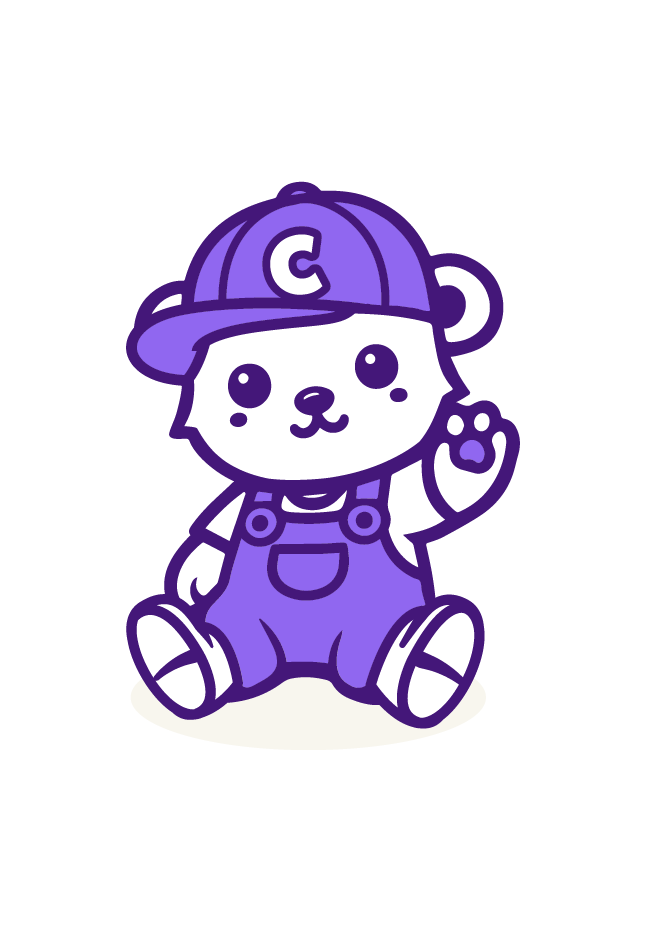
Leave a comment